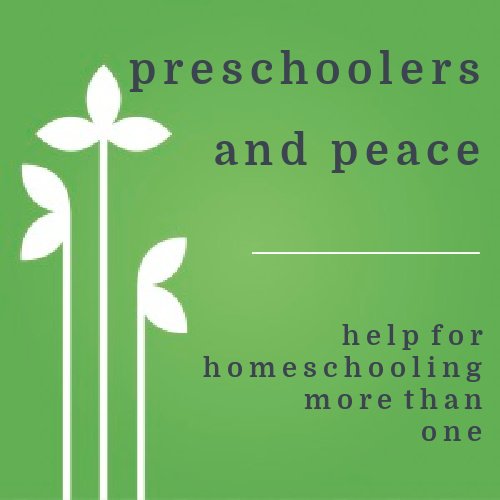Great Guest Month!- Art With Preschoolers- Melanie Oneth
Cross, by Melanie Oneth
Melanie Oneth is a friend and artist whose work shows me the Glory of God. She has homeschooled their four children who are 17, 16, 13, and 11, and she teaches art classes to other students including one of our sons. I asked Melanie to share her thoughts on teaching art to little ones, and I know you'll be blessed and hopefully inspired, too.
♥
I think I speak for most home school moms when I say that art is not always our number one priority. Our tendency is to push it to the back of the “curriculum to cover later” line. We need to revaluate our thinking however—art brings A LOT to the educational table!
Here are a few considerations:
- Art develops hand and eye coordination.
- Art stimulates perception.
- Art stimulates both sides of the brain.
- 33% of children are visual learners.
- Studies show that children who make art read better and get better grades in science and mathematics.
- When art is integrated with other subjects in a curriculum, children commit more to the learning process.
- Lastly, art is fun! It’s one of the few subjects without any rules—which means it’s a subject that you can relax and enjoy with your child.
The very first thing you should understand about teaching art to your children is that art and the skill of drawing are not the same subject and should be taught separately. If you try to teach them at the same time you will end up possibly frustrating and/or discouraging your child.
For example, let’s say you give your children an assignment of listening to a piece of music and interpreting it visually on paper. Little Suzy proudly brings you her paper and you, trying to teach her, begin to critique her work pointing out that arms shouldn’t come out of heads or that eyes should be the same size. Now Suzy is discouraged; what you’ve unknowingly done is teach her that there is a right and a wrong way to express herself creatively.
Now, Johnny on the other hand has nothing on his paper. He wants to draw a man running through a field but he knows there is a right and wrong way to draw a man. Since he does not know the “right way” he is frustrated and ends up doing nothing.

Melanie's daughter Macayla drew this when she was 5. Melanie writes, "When I saw this I knew she would be a great artist. This was the same art lesson I describe [above]."
Art
Art is all about creativity, expression, and exploration. I believe that this is all you should teach your child until they are about six, unless your child asks for advice on drawing more realistically. I tend to use a lot of lessons from MaryAnn F. Kohl’s books with younger kids. My favorite art lesson for kids is creating an Eric Carle type collage. You can find the instructions here. There really aren’t a whole lot of rules for art instruction; it should be low stress, and most of all, fun.
Drawing
Drawing is no different than anything else in life- the more you do it the better you become. A lot of people believe that the ability to draw is a talent that you are either born with or you are not. True, some people are born with a little more skill than the rest of us, but the truth is that it is a skill that anyone can learn.
Eric Carle art, by Melanie's son River
Now if you haven’t learned the skill yourself it may seem a little daunting to try and teach your children—not to worry, there are a lot of books out there on the subject. Mona Brookes’ book Drawing with Children is my favorite. She breaks drawing down into 8 basic elements of shape. This is not a self guided book that you will be able to hand to your child and let them go through; it will require some reading and preparing on your part.
Also helpful are Walter Foster and Discover Drawing paperbacks that you can find at the library. I would encourage you to go to the library and check out as many books on drawing as you are able. Look them over; find what makes sense to you. We all learn differently so different books will appeal to different people.
I have also always encouraged copying (as long as they don’t try to take credit for something that is not theirs)—it’s a good training exercise. The real key here is practice, practice, practice. Remind your child that they are not going to love every drawing they produce; in fact, they will not like most of them but that is ok, we learn from our failures.
I love this quote from Leo Buscaglia—“We seem to gain wisdom more readily through our failures than through our success. We always think of failure as the antithesis of success, but it isn’t. Success often lies just the other side of failure.”

Miss America, by Macayla Oneth
♥

Romeo and Juliet, by Macayla Oneth
